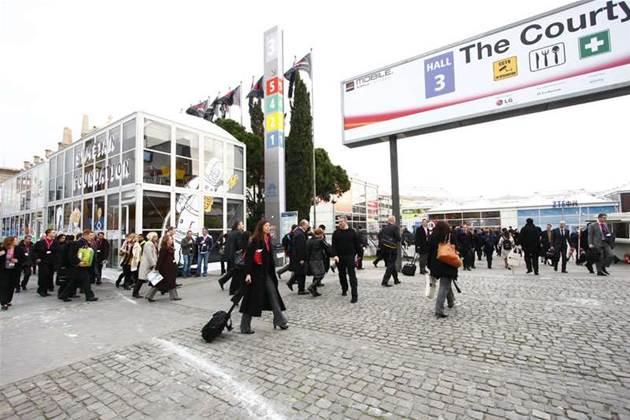Femtocells
Another hot technology at Mobile World Congress is Femtocells - small cellular base stations that provide better mobile coverage indoors.

Telstra and Optus have starkly different opinions on the emerging technology.
Smith can see many value-added services resulting from Femtocell deployment, particularly around fixed-to-mobile convergence in the home.
Bradlow, however, is unimpressed with the technology.
"Anybody interested in Femtocells probably has a crap network, and you can quote me on that," Bradlow said.
"At the moment, Femtocell is really about filling in the coverage," he said. "If you have a network like ours with great indoor coverage, what value does the user get out of Femtocells?"
"Look at it from the point of view of the customer. They say, so you give me a lousy network, it has no indoor coverage, and I have to pay a new device to substitute for your lousy network!"
"Where it might get interesting is around what kind of applications might come about from Femtocell - and the market is still far too immature for that."
Long Term Evolution (4G)
On the network side, most of the emphasis at Mobile World Congress is on the path to Long Term Evolution or 4G.
Both the Australian carriers looked into the technology but neither appear to be in a huge rush to embrace it.
For Telstra, it comes down to timing.
The carrier has already invested in HSPA+ and announced at the congress that its Next G network is now the fastest of its kind in the world.
"LTE is not for us a forklift upgrade to the network, it's an evolution and an enhancement of our capability," Bradlow said.
"We see HSPA and HSPA+ going for quite some time."
Other carriers that have taken a different path, he notes, may feel the need to move to LTE faster.
Australia is also unlikely to leap to LTE as the global frequency band preferred by the industry to get maximum coverage is 700MHz.
In Australia, this spectrum is tied up by analogue free to air television, which isn't due to be switched off until 2013.
"For us, the issue isn't about LTE or HSPA - it is about delivering a mobile broadband experience," Bradlow said.
"Mobile broadband is dependent on enough speed and enough coverage. Coverage is related to your frequency band and speed is related to how wider bandwidth you've got.
"In terms of bits per Hz, there's no real difference between LTE and HSPA+.
"Like all radio technologies, it is complicated by circumstances - depending on the circumstances you may find one marginally better than the other.
"But it's not like there is ten times difference or even two times difference."
Optus, meanwhile, relies on the resources it shares across the Asia Pacific region when it comes to evaluating new network technologies.
Smith said he is less concerned about making a song and dance about network speeds and is more interested in the value-added applications that help differentiate one network from another.
"Generally, 3G networks are at a level where speed is acceptable for most applications," he said. "We come to Mobile World Congress looking for the value-added services that make Optus' offerings more sticky. Australia is a fully-subscribed mobile market, we need to find ways for customers to stay with us."
"It is more important to me to make an Optus customers' experience of the Blackberry or the iPhone twenty per cent better than our competitors," he said.
"To us, that's more important than megabits per second."
Brett Winterford reports live and exclusively from Mobile World Congress for iTnews.


_(20).jpg&h=140&w=231&c=1&s=0)
_(22).jpg&h=140&w=231&c=1&s=0)

.png&h=140&w=231&c=1&s=0)



_(26).jpg&w=100&c=1&s=0)

 iTnews Executive Retreat - Security Leaders Edition
iTnews Executive Retreat - Security Leaders Edition












_(1).jpg&h=140&w=231&c=1&s=0)



